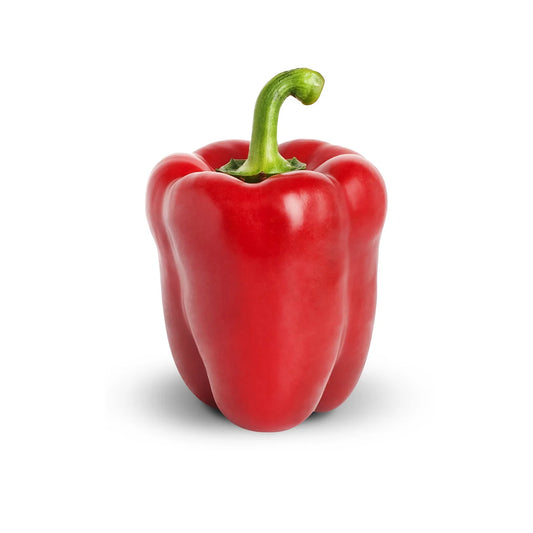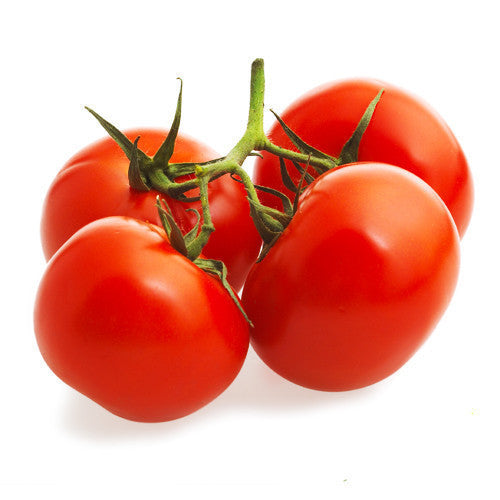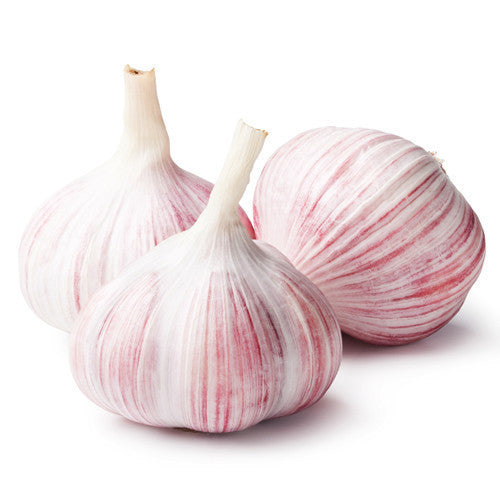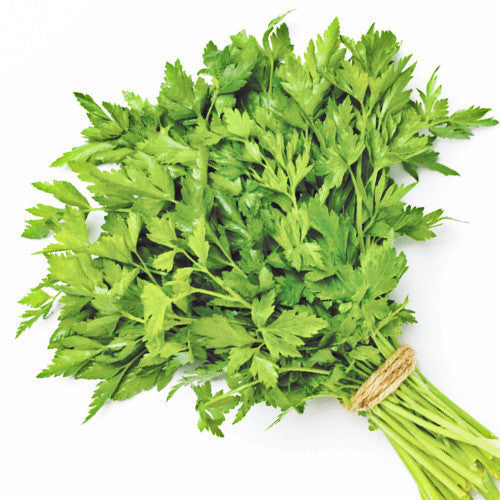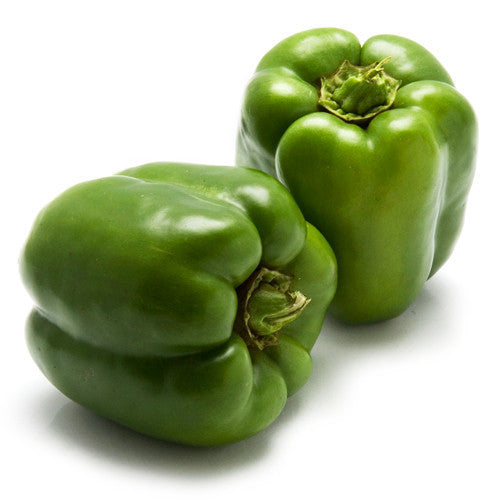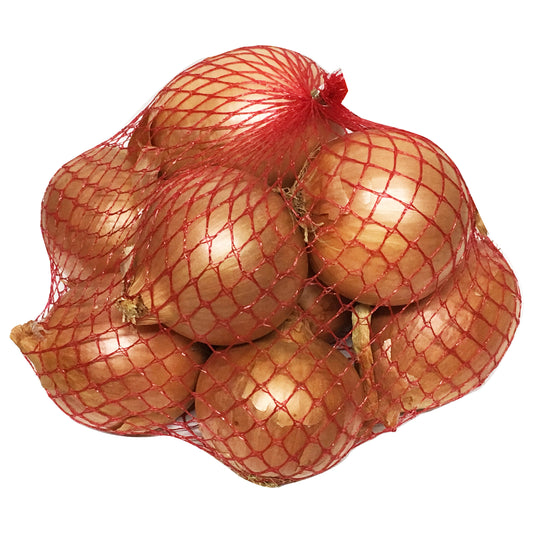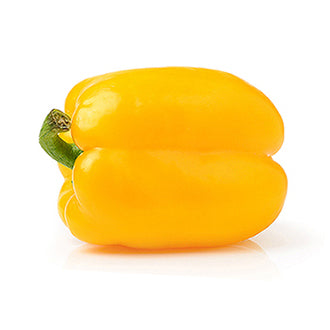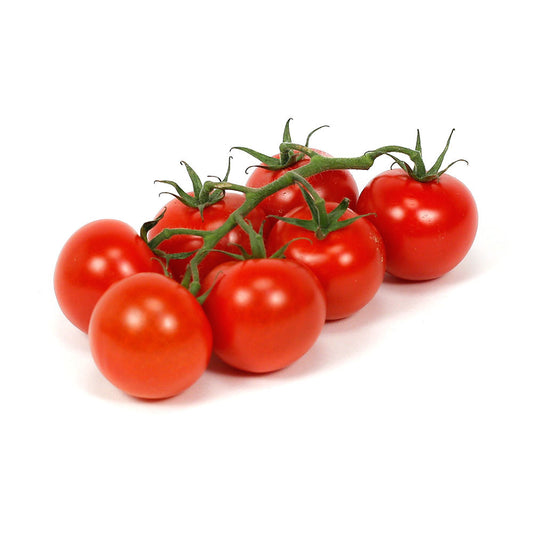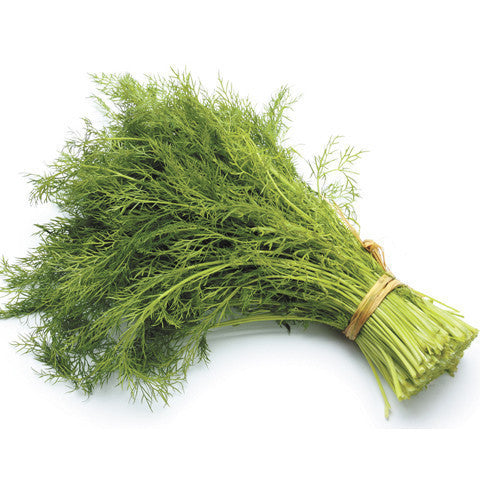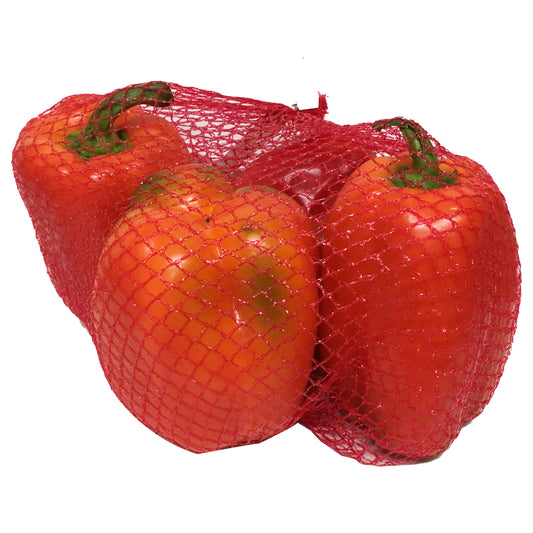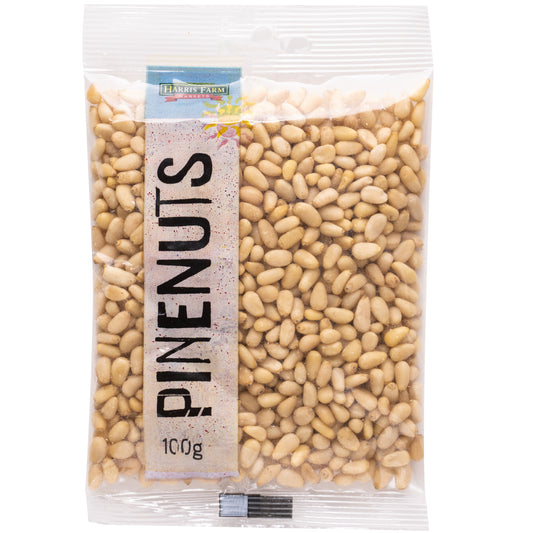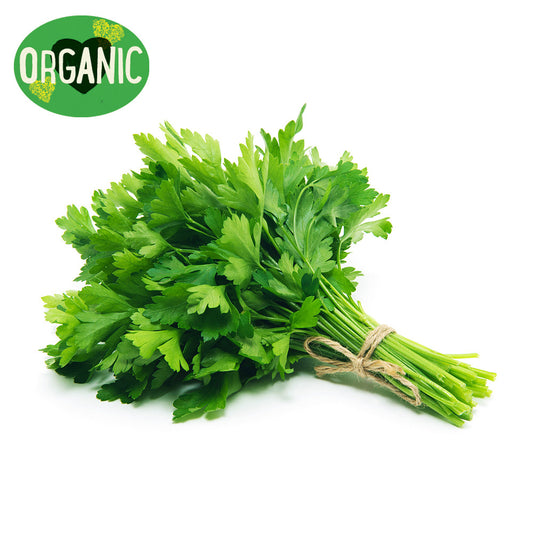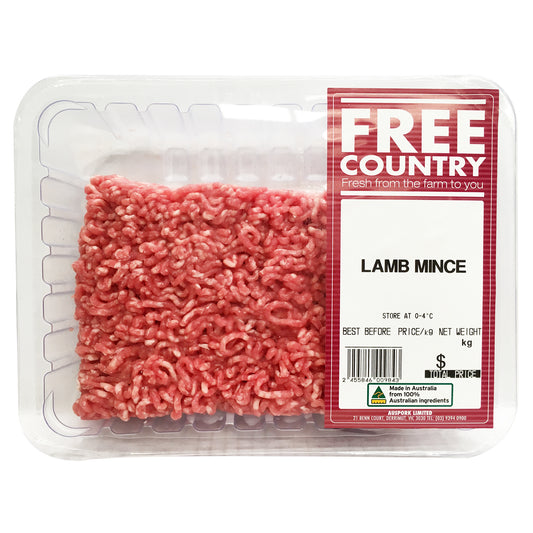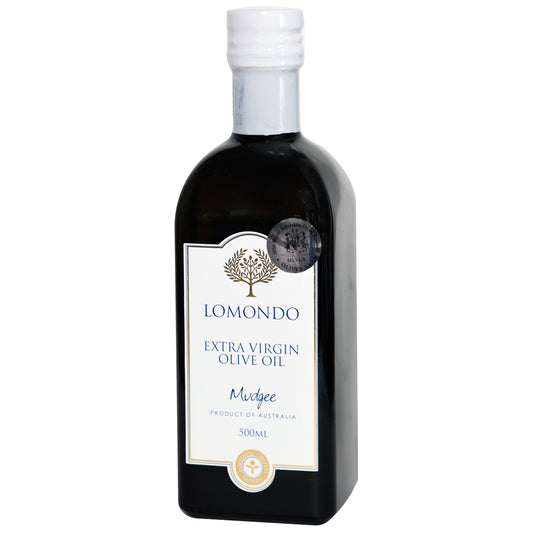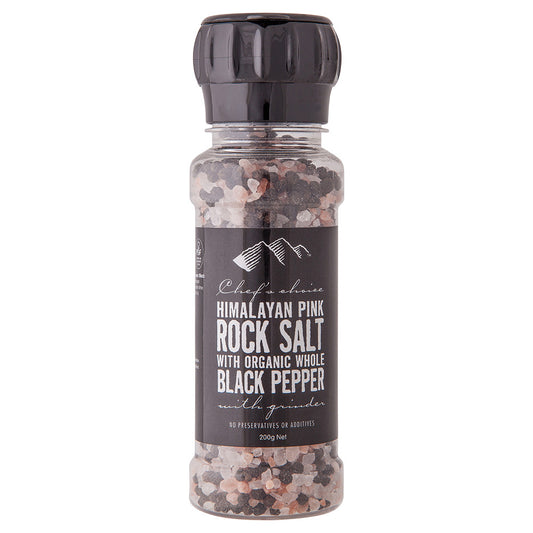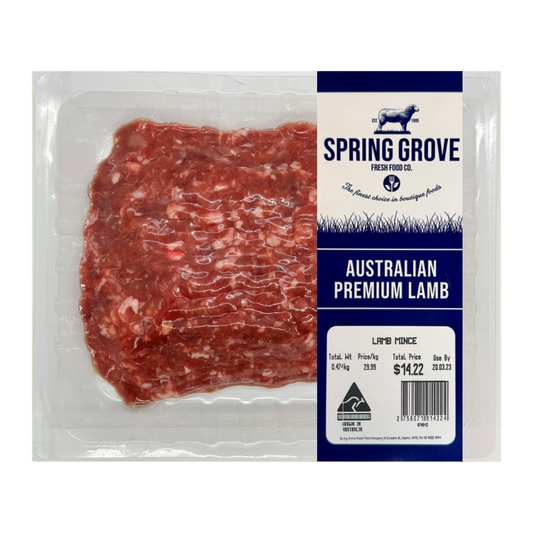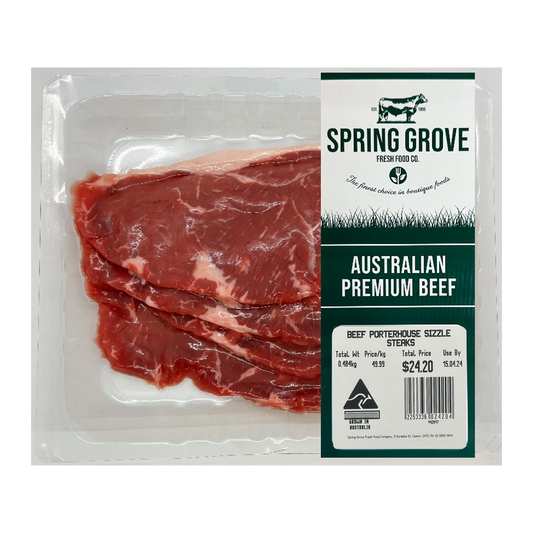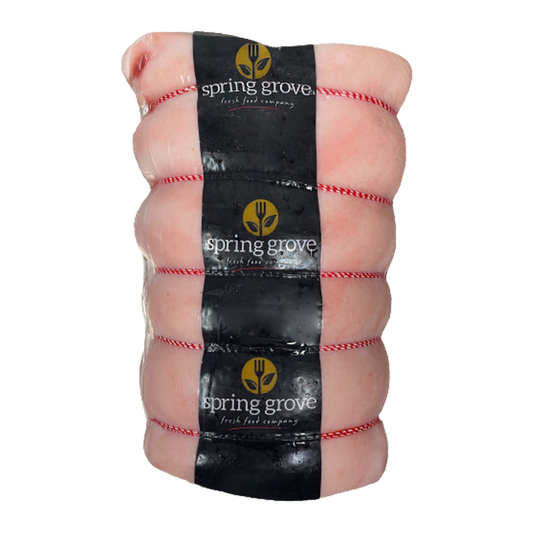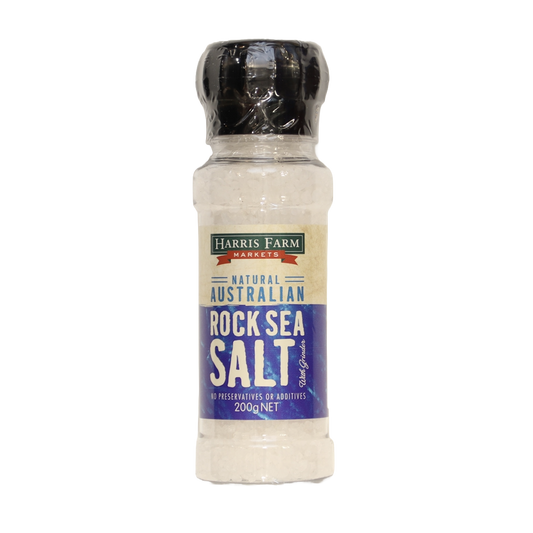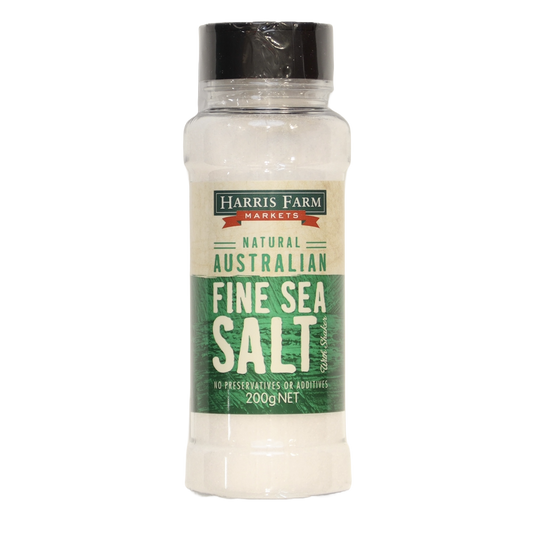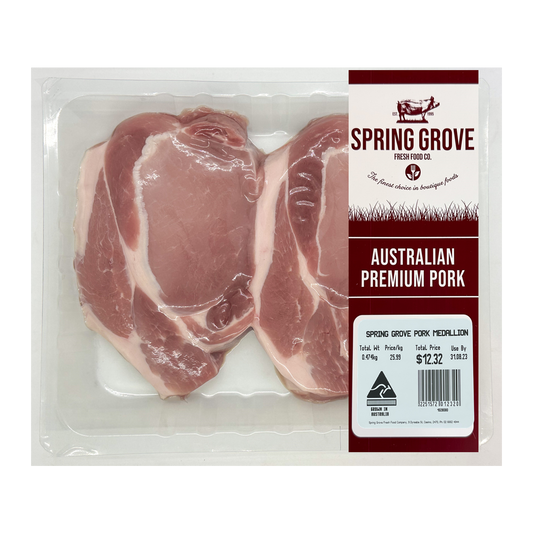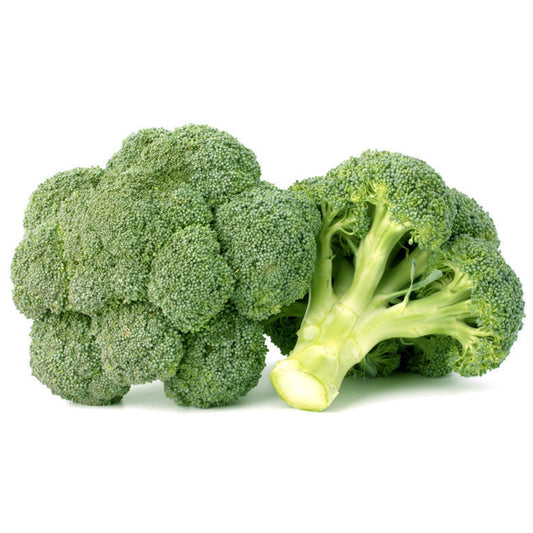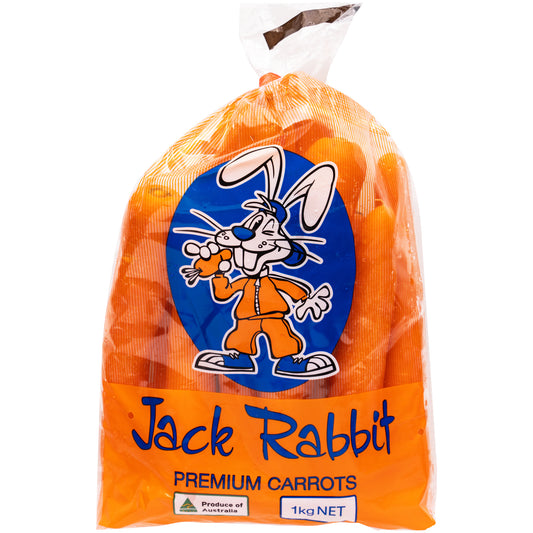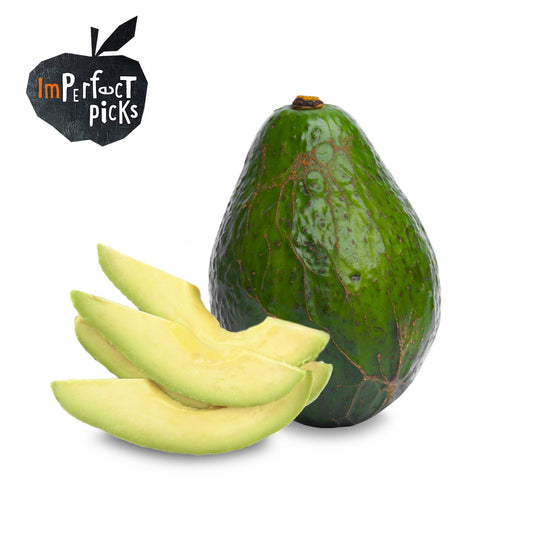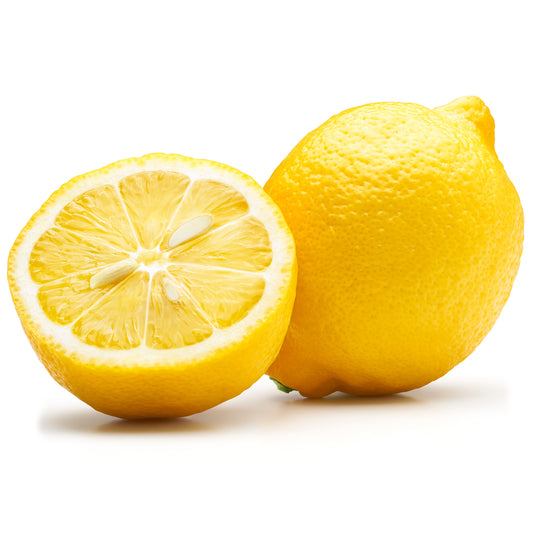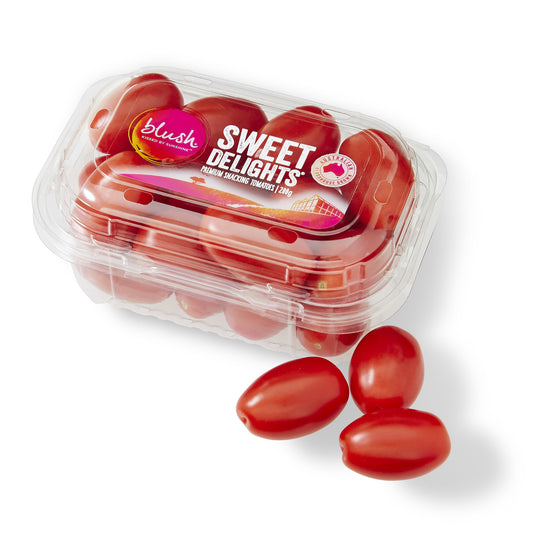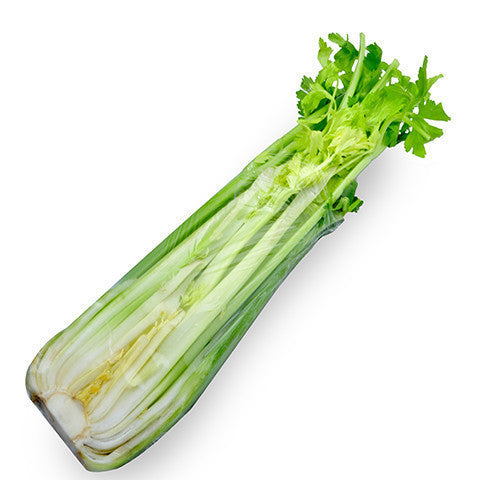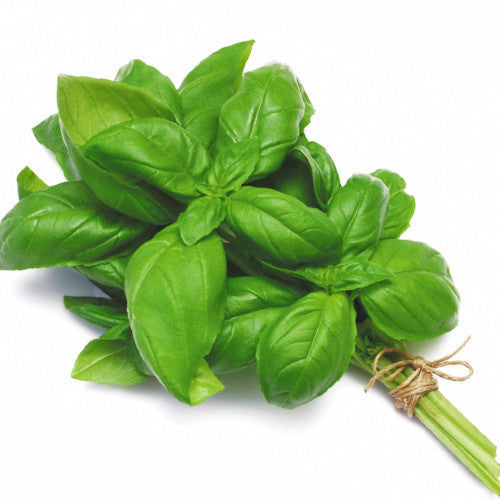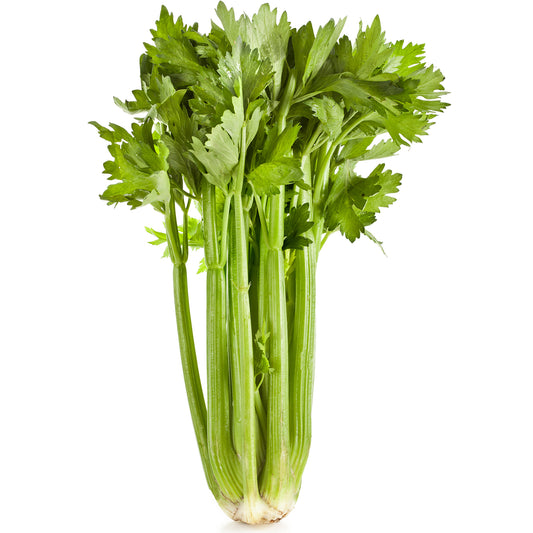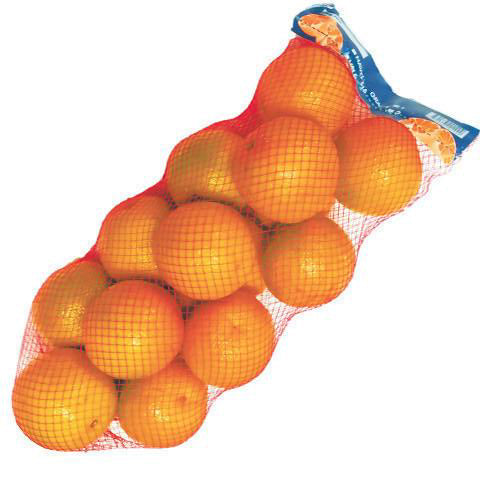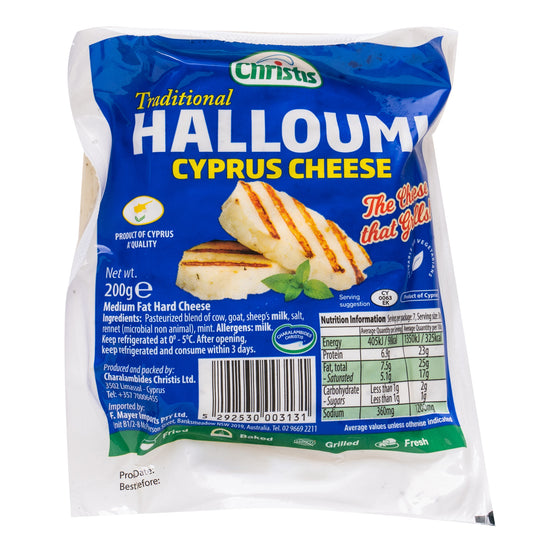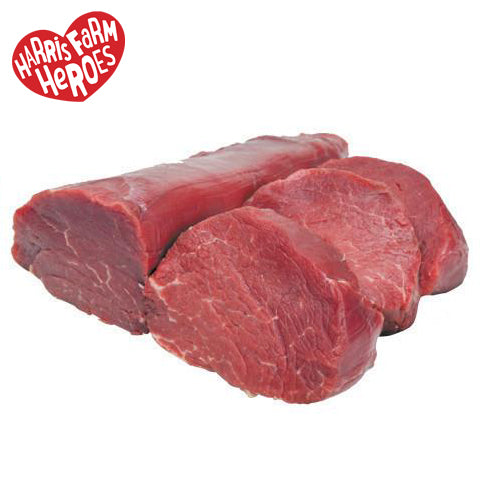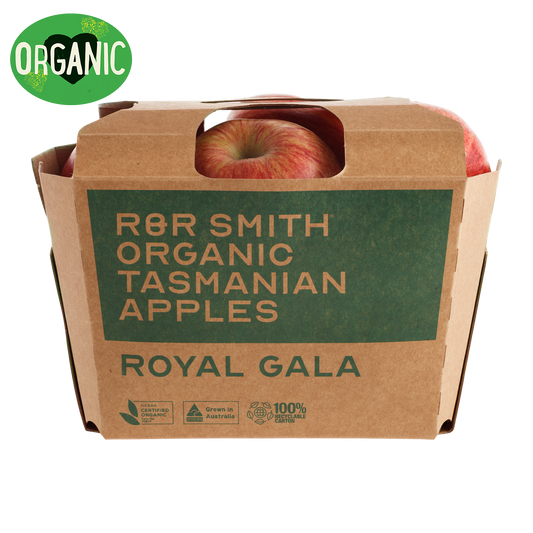Yemista (Stuffed Vegetables)

Serves: 4-6
Ingredients
- 6 mixed peppers
- 8 large truss tomatoes
- 2 Tbsp extra virgin olive oil, plus extra for drizzling
- 1 brown onion, chopped
- 3 garlic cloves, crushed
- 500g minced lamb
- 2 Tbsp dried oregano
- ½ teaspoon ground cinnamon
- Pinch of freshly grated nutmeg
- 35g pine nuts
- ½ bunch parsley, leaves picked and chopped
- Salt flakes and freshly cracked black pepper
- 400g medium-grain rice
- 1 litre boiling water
- 50g Greek feta, crumbled
- 50g mizithra cheese finely grated
- Dill fronds, to serve
Method
- Slice tops off peppers and tomatoes. Using a spoon, remove seeds and membrane from peppers and discard. Scrape inside of tomatoes onto chopping board and chop flesh. Set aside.
- Heat olive oil, onion and garlic in frying pan over medium heat and cook, stirring occasionally for 10 minutes or until onion is soft. Add mince and cook, breaking it up with a wooden spoon, for 10 minutes or until the meat is browned. Stir through oregano, cinnamon, nutmeg, pine nuts, tomato flesh and parsley, and season with salt flakes and cracked black pepper.
- Preheat oven to 180°C, fan-forced. Grease large baking dish.
- Add rice to pan, followed by boiling water, then stir through.
- Cook rice, covered with a lid and stirring occasionally, for 20-25 minutes, until tender. Stir through feta and remove from heat.
- Spoon lamb and rice mixture into hollowed-out bell peppers and tomatoes, filling them to the top. Place tops back on vegetables, then transfer to prepared dish.
- Drizzle yemista with oil, bake for 45 minutes or until vegetables are soft and golden.
- Serve yemista hot with grated mizithra and a few dill fronds scattered over the top.
Recipe from Peinao, By Helena and Vikki Moursellas. Published by Smith Street Books, 2023.
Did you know?
Mizithra is a traditional Greek cheese typically made from sheep’s or goat’s milk. It has a crumbly texture and a rich, tangy flavor, and is often used in salads and desserts.
Tip
Make the yemista the day before, as the next day they taste even better because the rice has had more time to absorb all the flavours.





